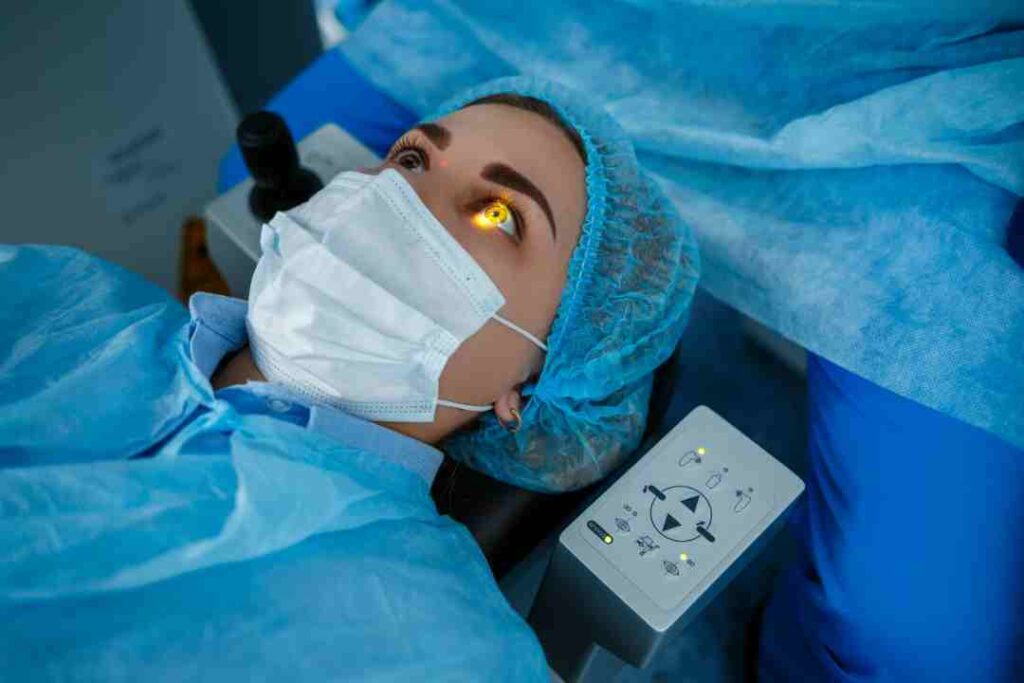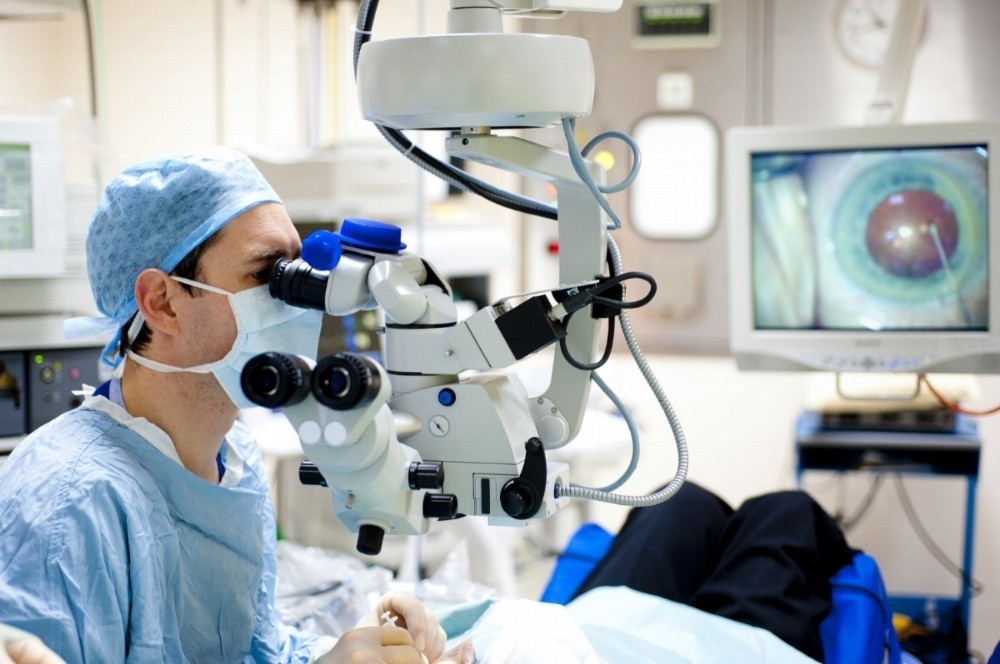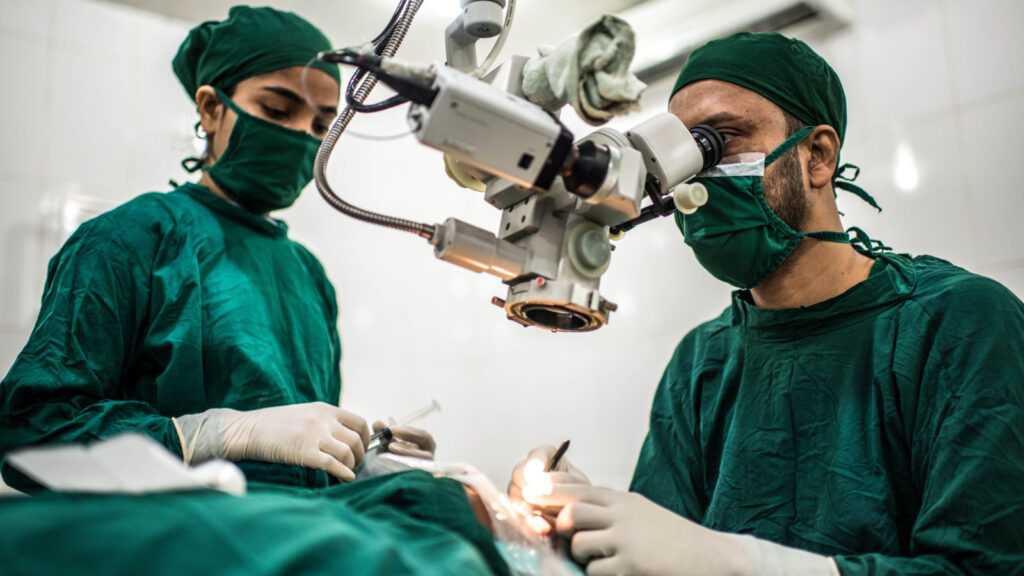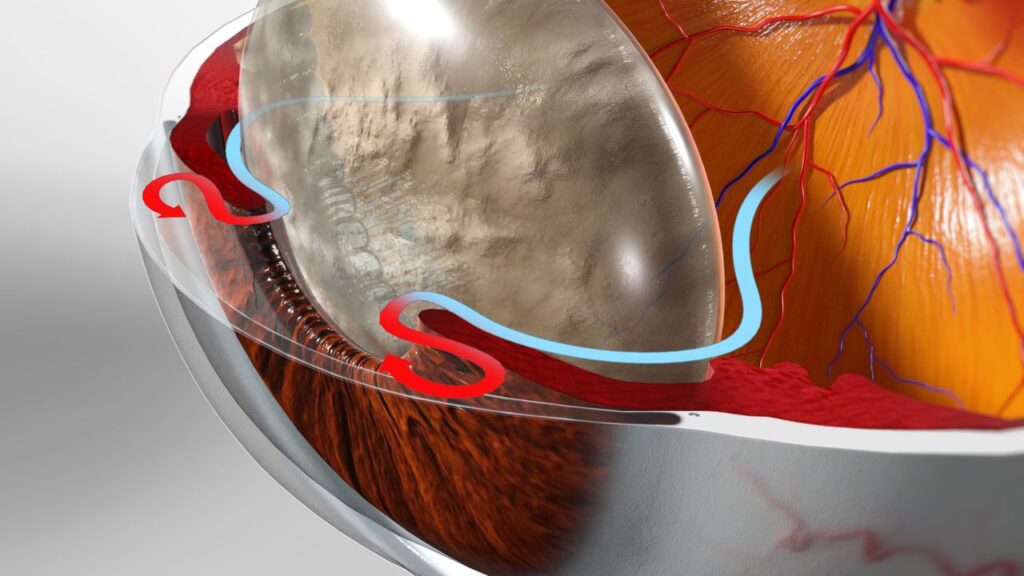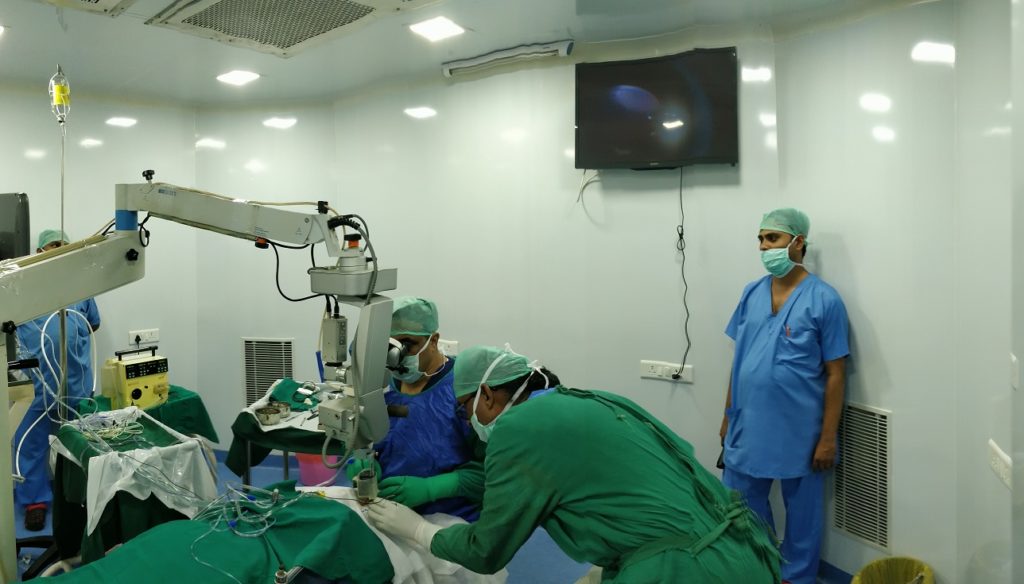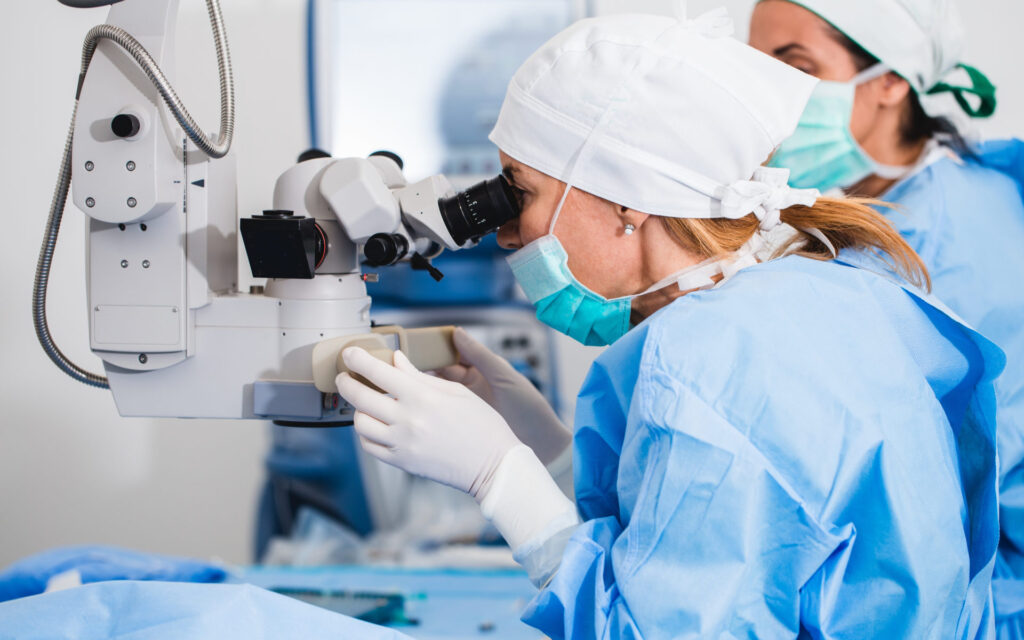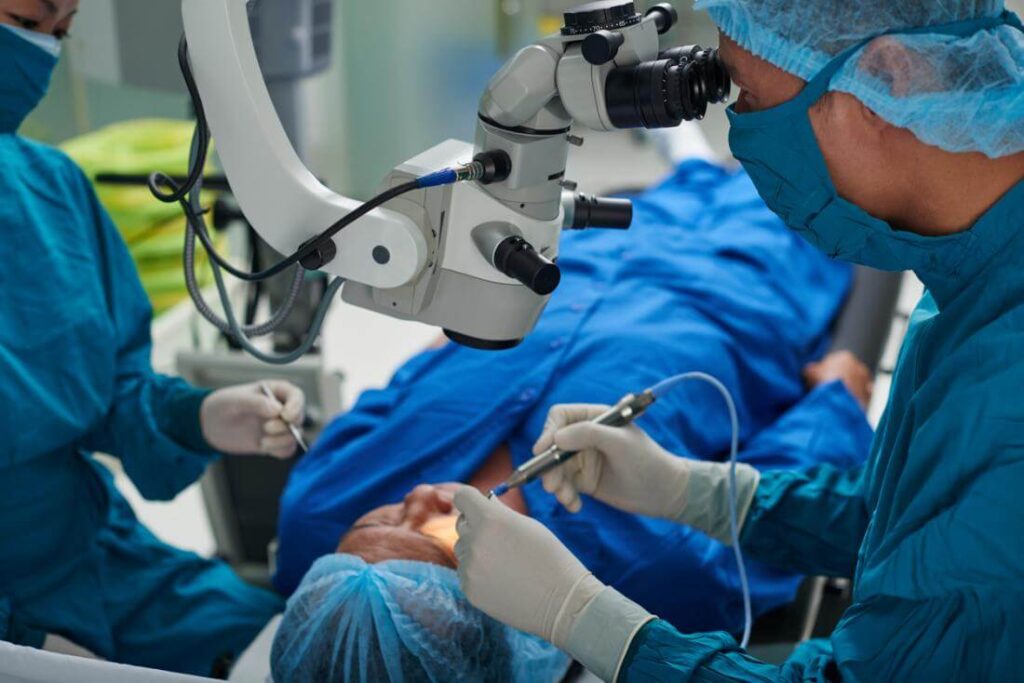Laser eye surgery in Sydney offers Australians multiple options to correct vision, including SMILE, LASIK, and PRK. Choosing the right procedure depends on your eye health, lifestyle, and vision goals. This guide explains the differences between each procedure, their benefits, recovery times, and costs, using SEO-friendly keywords like laser eye surgery Sydney, vs LASIK, PRK eye surgery, best laser eye surgery, and laser eye surgery cost Sydney.
Understanding the Types of Laser Eye Surgery
- (Small Incision Lenticule Extraction):
- Minimally invasive, no corneal flap required
- Corrects myopia and mild astigmatism
- Lower risk of dry eyes and flap-related complications
- Minimally invasive, no corneal flap required
- LASIK (Laser-Assisted In Situ Keratomileusis):
- Creates a corneal flap, reshapes the underlying cornea
- Corrects myopia, hyperopia, and astigmatism
- Quick visual recovery and high precision
- Creates a corneal flap, reshapes the underlying cornea
- PRK (Photorefractive Keratectomy):
- Surface-level laser reshaping without a flap
- Ideal for patients with thin corneas
- Longer recovery than LASIK or SMILE, but highly effective
- Surface-level laser reshaping without a flap
Factors to Consider When Choosing Laser Eye Surgery
When deciding between SMILE, LASIK, and PRK in Sydney, consider:
- Corneal thickness: and PRK are better for thin corneas
- Lifestyle and occupation: LASIK may suit patients needing rapid recovery, while is safer for athletes
- Dry eye risk: reduces post-operative dry eye compared to LASIK
- Vision correction needs: LASIK and PRK can treat a wider range of prescriptions
Using keywords like best laser eye surgery Sydney and laser eye surgery comparison helps patients researching options.

Recovery Times and Aftercare
- SMILE: Most patients resume normal activities within 1–2 days
- LASIK: Rapid recovery, typically 24–48 hours for daily tasks
- PRK: Slower recovery, may take 3–7 days for vision to improve, full stabilization within 1–3 months
Follow-up appointments and post-operative eye drops are essential for all procedures to ensure proper healing.
Cost Considerations
Laser eye surgery costs vary based on procedure and clinic:
- SMILE: AUD 3,500–6,000 per eye
- LASIK: AUD 2,500–5,000 per eye
- PRK: AUD 2,500–4,500 per eye
Search terms like laser eye surgery cost Sydney, LASIK vs cost, PRK cost Sydney are frequently used by Australians comparing options.
Benefits of Each Procedure
- SMILE: Minimally invasive, less dry eye, faster recovery
- LASIK: Quick recovery, precise correction, wide range of prescriptions
- PRK: Safe for thin corneas, highly effective, long-term stable vision
Choosing the right surgery balances safety, recovery, and long-term vision outcomes.
Choosing the Right Clinic in Sydney
When selecting a clinic:
- Verify surgeon credentials and experience
- Ensure modern laser technology is used
- Check patient reviews and success rates
- Ask about total costs, including consultations and follow-ups
Keywords like best laser eye surgery Sydney help target local search traffic effectively.
Conclusion
Choosing between SMILE, LASIK, and PRK in Sydney depends on your eye health, lifestyle, and vision goals. By understanding each procedure’s advantages, recovery time, and cost, Australians can make informed decisions to achieve clearer vision safely and effectively.
FAQs
It is generally preferred for patients prone to dry eyes due to minimal corneal nerve disruption.
Laser & LASIK: 1–2 days; PRK: 3–7 days with full stabilization in 1–3 months.
LASIK and PRK correct a wider range of prescriptions; is primarily for mild to moderate myopia and astigmatism.
Check surgeon credentials, technology, patient reviews, and cost transparency to select a reliable clinic.

